Red Blood Cell (RBC):- Part 2 – Normal Peripheral blood smear, and RBC Morphology
Peripheral blood smear
What sample is needed for Peripheral blood smear study?
- To assess RBC morphology, fresh smears and smears from the blood in EDTA must be made.
What are the Precautions for Peripheral blood smear study?
- A well-made smear is needed.
- A well-stained smear is also important.
- Otherwise, the analysis of cell morphology may be significantly distorted by poorly made and poorly stained smears.
What are the Indications for Peripheral blood smear?
- This is done to observe the morphology of RBCs, which includes variation and abnormality in size, shape, structure, Hb contents, and staining characteristics.
- Can diagnose the type of anemia.
- Can diagnose Thalassemia.
- Other abnormalities, such as hemoglobinopathies, can also be found.
- This also helps to see the effects of chemotherapy and radiation.
- Special stains can find infections, infestation, leukemia, and other diseases.
What are the variations in the morphology and shapes of RBCs?
- There are various sizes and shapes of RBC seen in the peripheral blood smear:
- Normocytic when the size is normal (7 to 8 µm).
- Normochromic when the color is normal.
- Microcytic when the size is smaller than normal RBC, and these are less than 6 µm.
- In iron deficiency anemia, thalassemia, and hemoglobinopathies.
- Macrocytic when the size is larger than > 8 µm.
- Found in liver diseases, alcoholism, and oval in megaloblastic anemia.
- Anisocytosis is an abnormal variation in size from the normal diameter of 6 to 8 µm, seen in severe anemia like iron deficiency, hemolytic anemia, and hypersplenism.
- Hypochromasia occurs when the RBCs are pale and have decreased Hb concentration.
- Poikilocytes are when RBCs have variations in shape.
- Spherocytes when RBCs are round without the central pale area.
- Elliptocytes when RBCs are oval or elongated.
- Found in hereditary elliptocytosis.
- Sickle cell is a crescent-shaped RBC seen in sickle cell anemia.
- The target cell is RBC, with a dark central area and clear space between this dark area and the periphery.
- Found in iron deficiency anemia, liver disease, post-splenectomy, and hemoglobinopathies.
- Schistocytes or helmet shape RBCs. These are irregularly contracted cells or fragmented RBCs.
- Burr cells are RBCs with spinous processes.
- Acanthocytes are RBCs with small cells with thorny projections.
-
- Found in liver disease, renal failure, and abetalipoproteinemia.
-
- Teardrop cells are RBCs with a tear-like appearance.
- The nucleated cell is RBC with the presence of a nucleus. These are normoblast or megaloblastic cells.
What are the inclusions in Red blood cells?
- Howell-Jolly bodies. These are spherical purple bodies within RBCs; these are nuclear debris.
- Heinz inclusion bodies are small, round inclusions of denatured hemoglobin seen with supravital stain or under phase microscopy.
- Siderocytes are the RBCs containing siderotic granules which stain blue with Prussian blue stain.
- Basophilic stippling is the presence of punctate stippling seen with the Wright stain.
What is the structure of Reticulocytes?
- Reticulocytes may also be seen in the peripheral blood smear.
- These are RBCs containing RNA and stained pinkish-blue in color. Methylene blue shows a reticular network.
How will you explain Rouleaux’s formation?
- This typical formation is the pilling of RBCs on each other or aggregated RBCs.
What are the Normal cells in the Peripheral blood?
- Band form neutrophils = 2% to 6%
- Neutrophils = 50% to 70%
- Eosinophils = 1% to 5%
- Basophils = 0% to 2%
- Lymphocytes = 20% to 44%
- Monocytes = 2% to 10%
How would you interpret peripheral blood smear?
- Screen the slide and note any abnormalities present in the smear regarding RBCs.
- It can evaluate the number or any abnormality of white cells.
- It can evaluate the number of platelets.
- So, the peripheral smear gives the following information:
- Any abnormality of RBCs.
- Any abnormality in white cells.
- Can assess the number of platelets.
What are the various presentations of anemias?
- In hemolysis, hemorrhage, or in increased erythropoiesis. There are basophilic or polychromatophilic macrocytes.
- Megaloblastic anemia shows oval macrocytes with increased lobules in the neutrophils.
- In hemoglobinopathy anemia, there are target cells, e.g., in thalassemia and Hb C.
- Target cells are also seen in iron- deficiency anemia and liver diseases.
- Thalassemia and lead poisoning show microcytes with stippling.
What are the Red blood cells’ morphology and their etiology?
- Note: please see more information on CBC and peripheral blood smear.
Questions and answers:
Question 1: What is the peripheral blood picture of thalassemia?
Question 2: What are the burr cells?


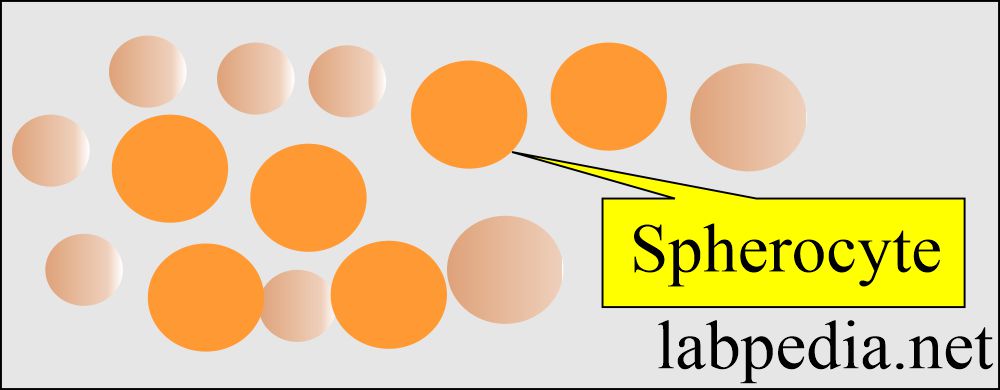

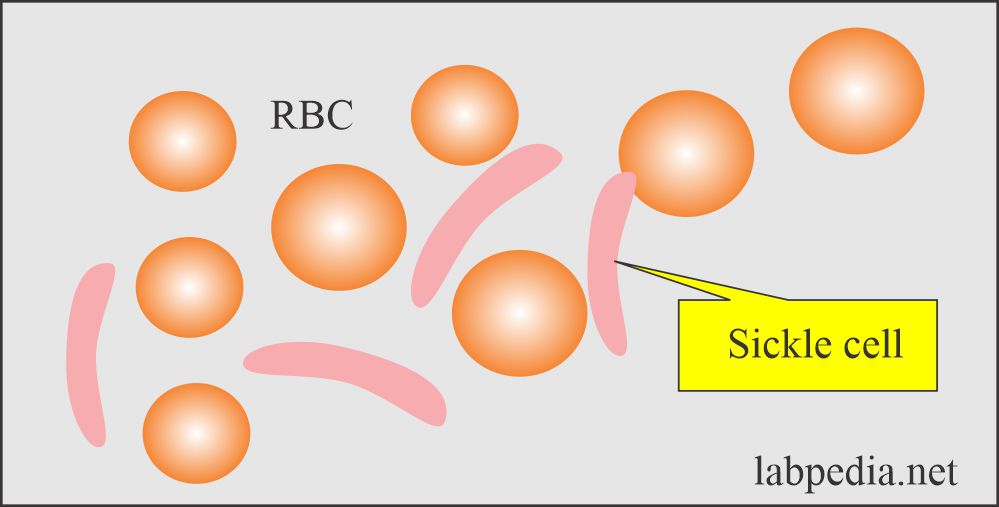
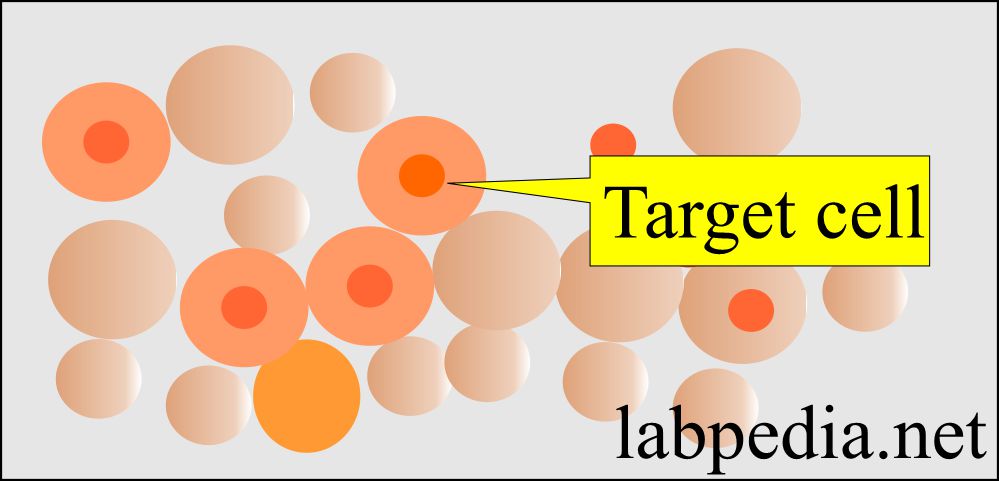
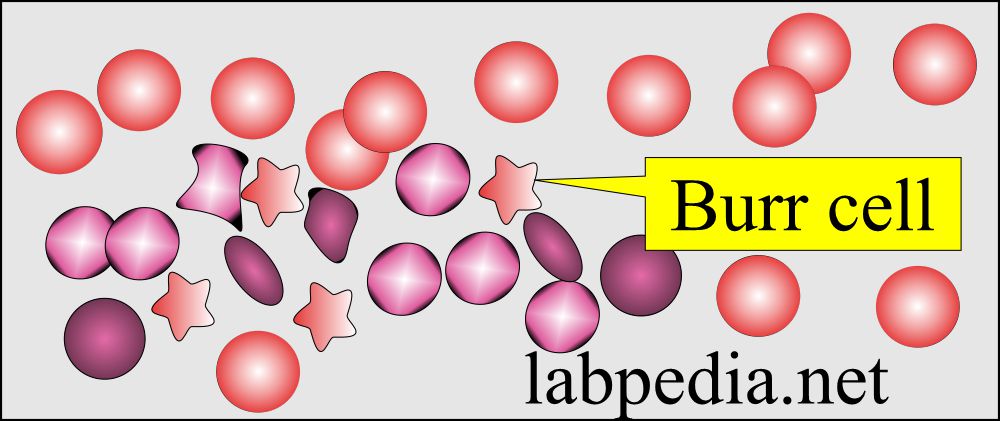
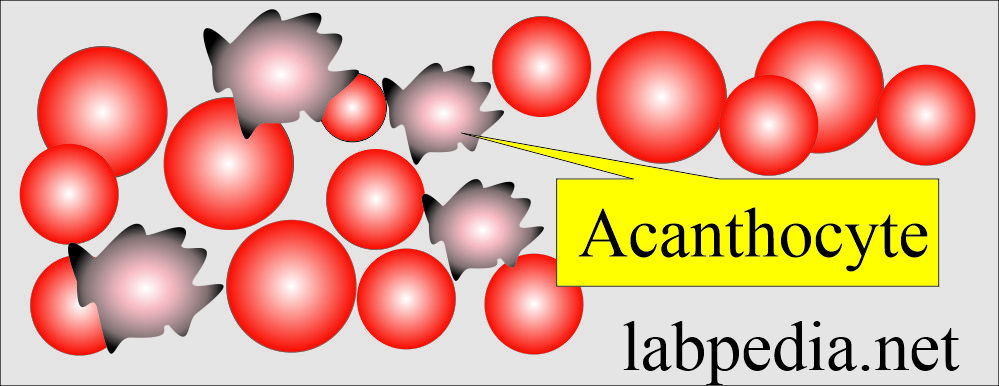
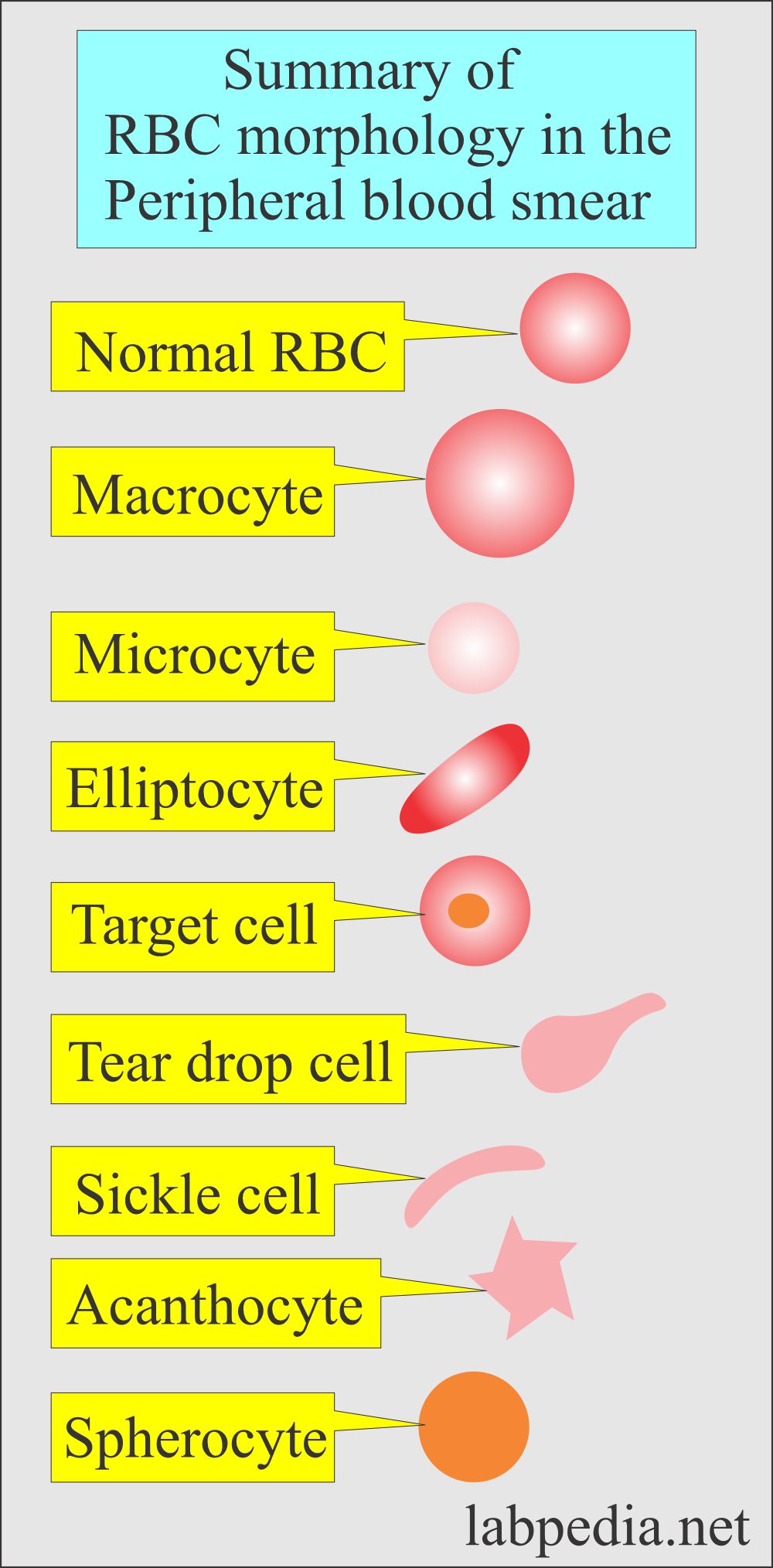
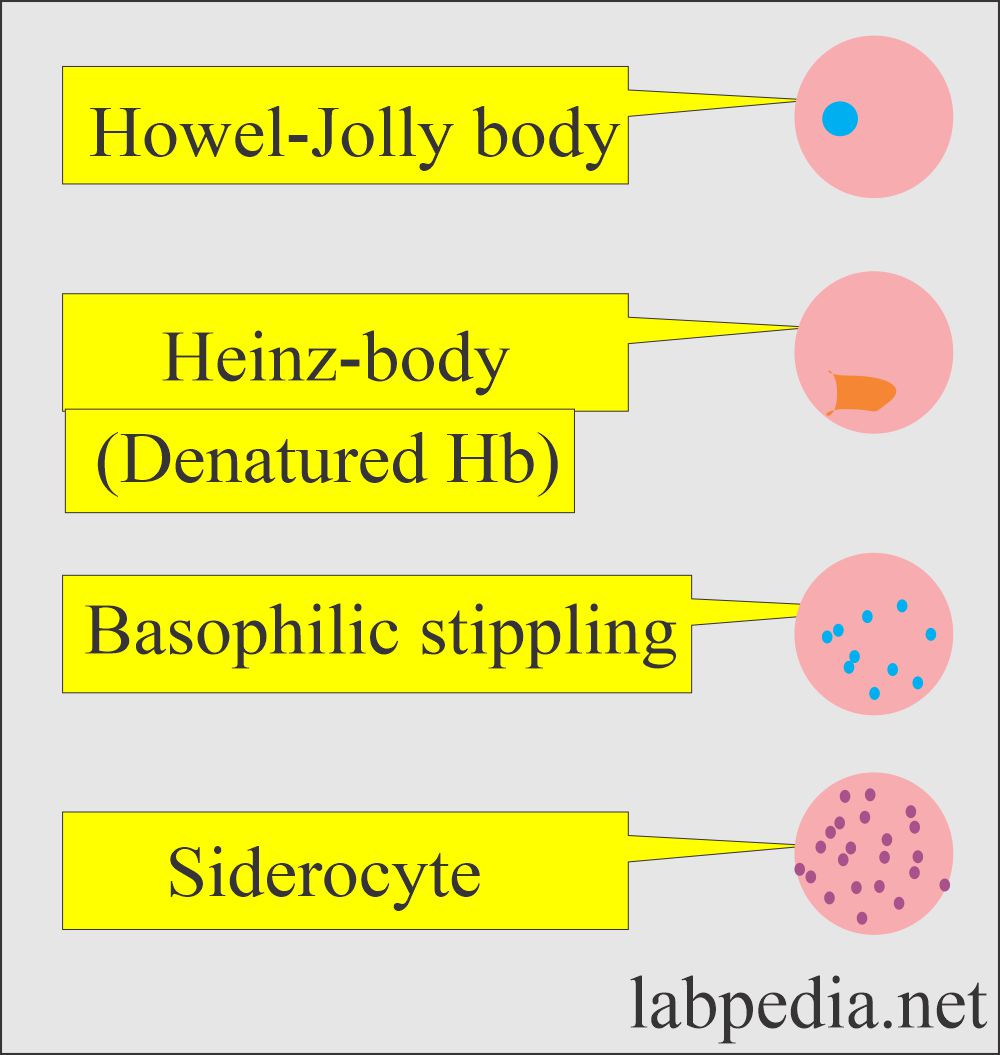
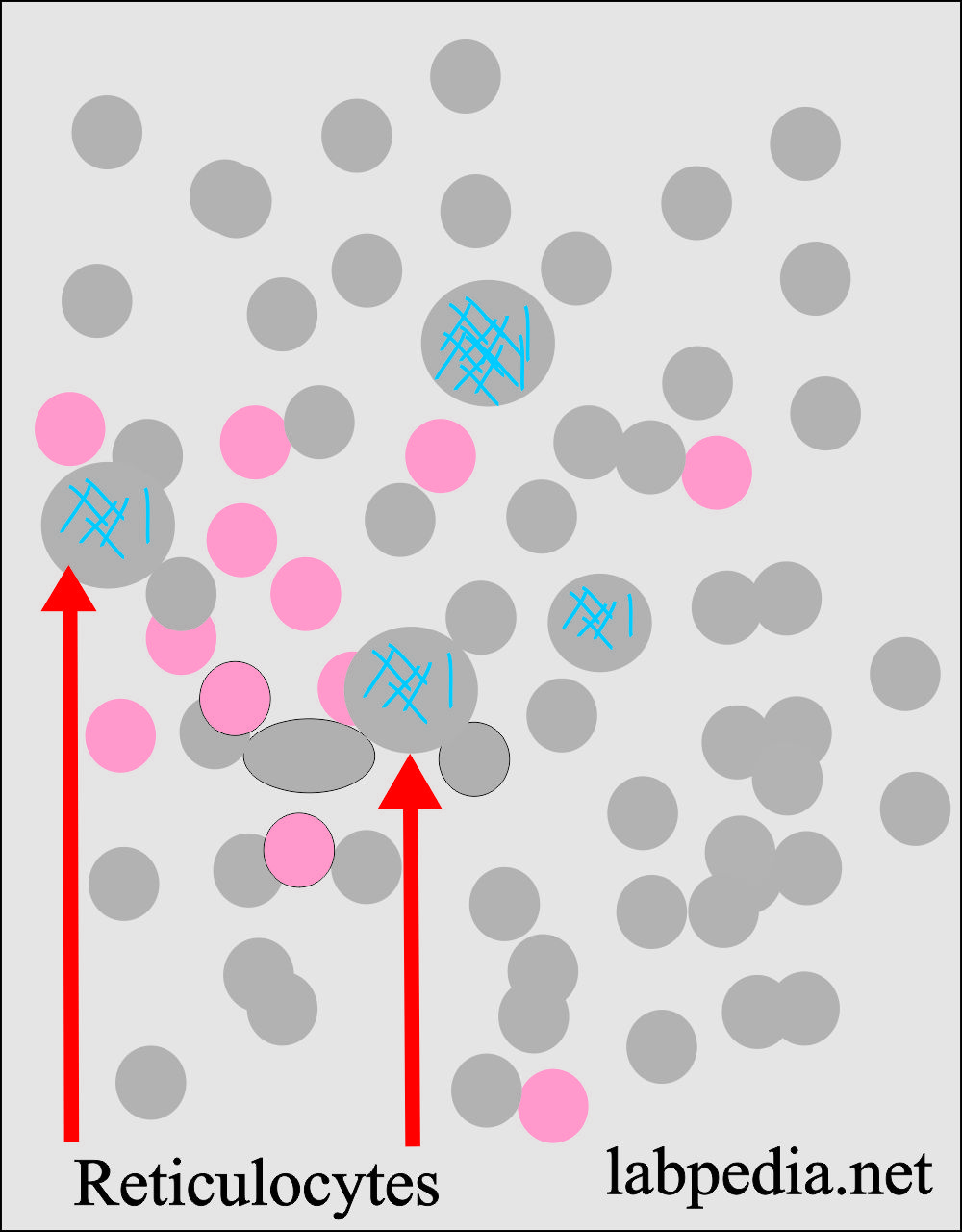
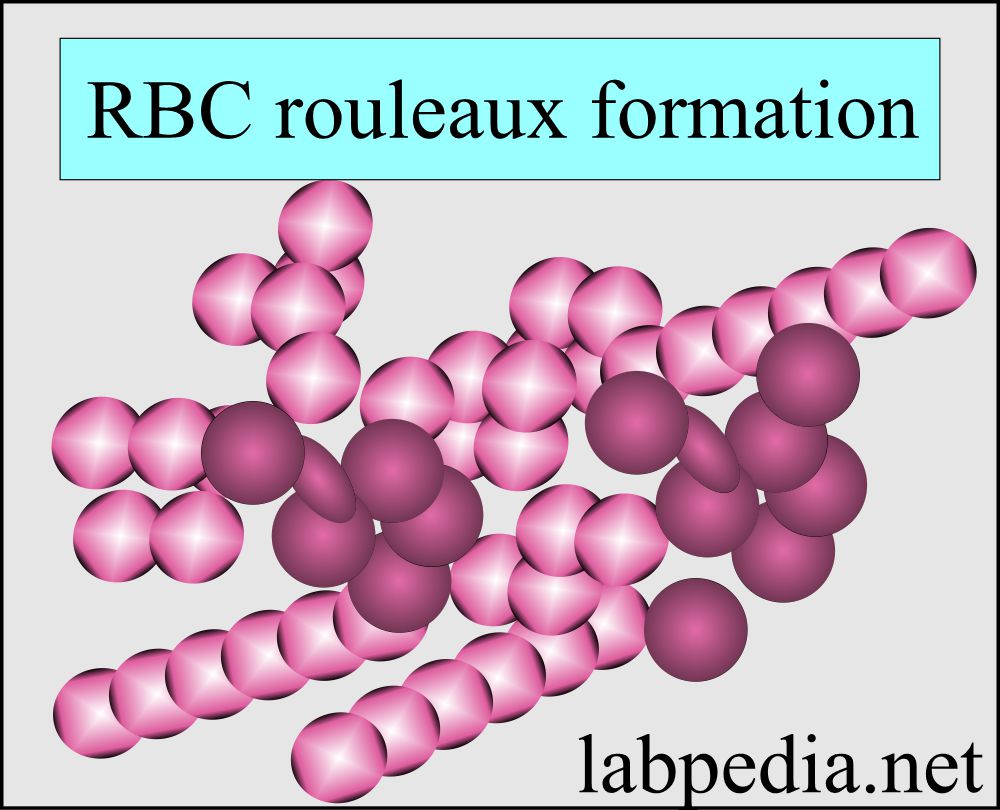
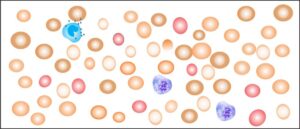
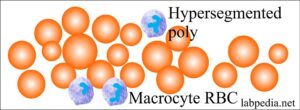
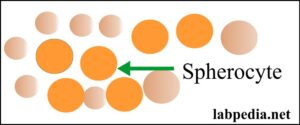





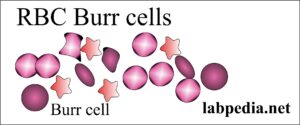
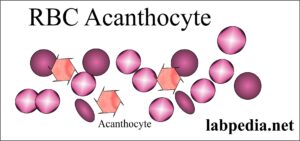


very informative. thank you
✌️✌️
Good article. Shapes of some abnormal RBC type are missing that must be added.
Please, thanks for the comments. Can you specify missing abnormal cells?
very well
Thanks.